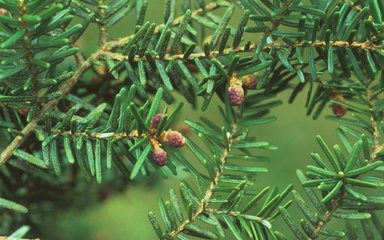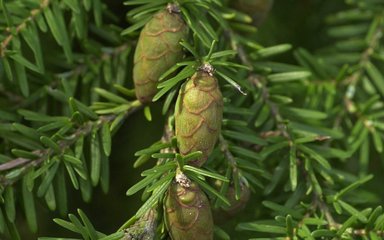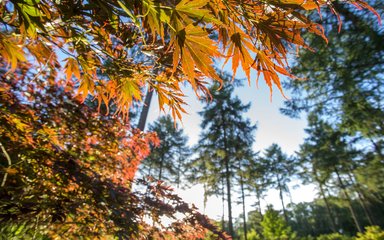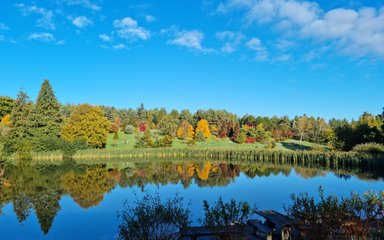
Introduced into Scotland during the 19th century for ornamental purposes, Western hemlock is one of the most common conifer species in the country.
Western hemlock facts and figures
- its natural range is western north America, where it can live for 500 years.
- Western hemlock (Tsuga heterophylla) is a graceful tree that grows to around 45 metres.
- this tree was named after the poisonous hemlock plant because the smell of their needles is thought to be similar, although they are not related.
- when planted on river banks, Western hemlock can help reduce erosion.

Western hemlock identification tips
Heading out into the forest? Here are some top things to look for when trying to spot Western hemlock:
- bark: becomes deeply furrowed into scaly ridges.
- needles: grow to varying lengths and are green above and white below.
- shape: it has a drooping appearance with downturned shoots.
- cones: numerous and egg-shaped.
How Western hemlock is used
Timber from Western hemlock is often used for building and box making, as the wood holds on to nails well. It is also useful as paper pulp.
Indigenous people in North America used the inner bark for a type of bread making and other parts of the tree were used in ceremonies.

Western hemlock and future forestry
Western hemlock is being more widely planted and is useful for diversifying upland forests. It can easily regenerate naturally and is one of the most shade tolerant species.
Small seedlings can survive in dark conditions under a mature canopy of trees. This makes it good for 'continuous cover forestry', which is a sustainable method of managing forests that avoids clearfelling by creating a mix of tree ages and species.
Its tolerance to shade meant it was planted under old broadleaved woodlands in the past. However, now we are removing it from native woodlands, and places near to Sites of Special Scientific Interest, to prevent the trees from spreading to these sensitive areas.


